- Programme area:Biodiversity in a Changing World
Global meta-analysis deciphering ecological restoration performance of dredging: Divergent variabilities of pollutants and hydrobiontes
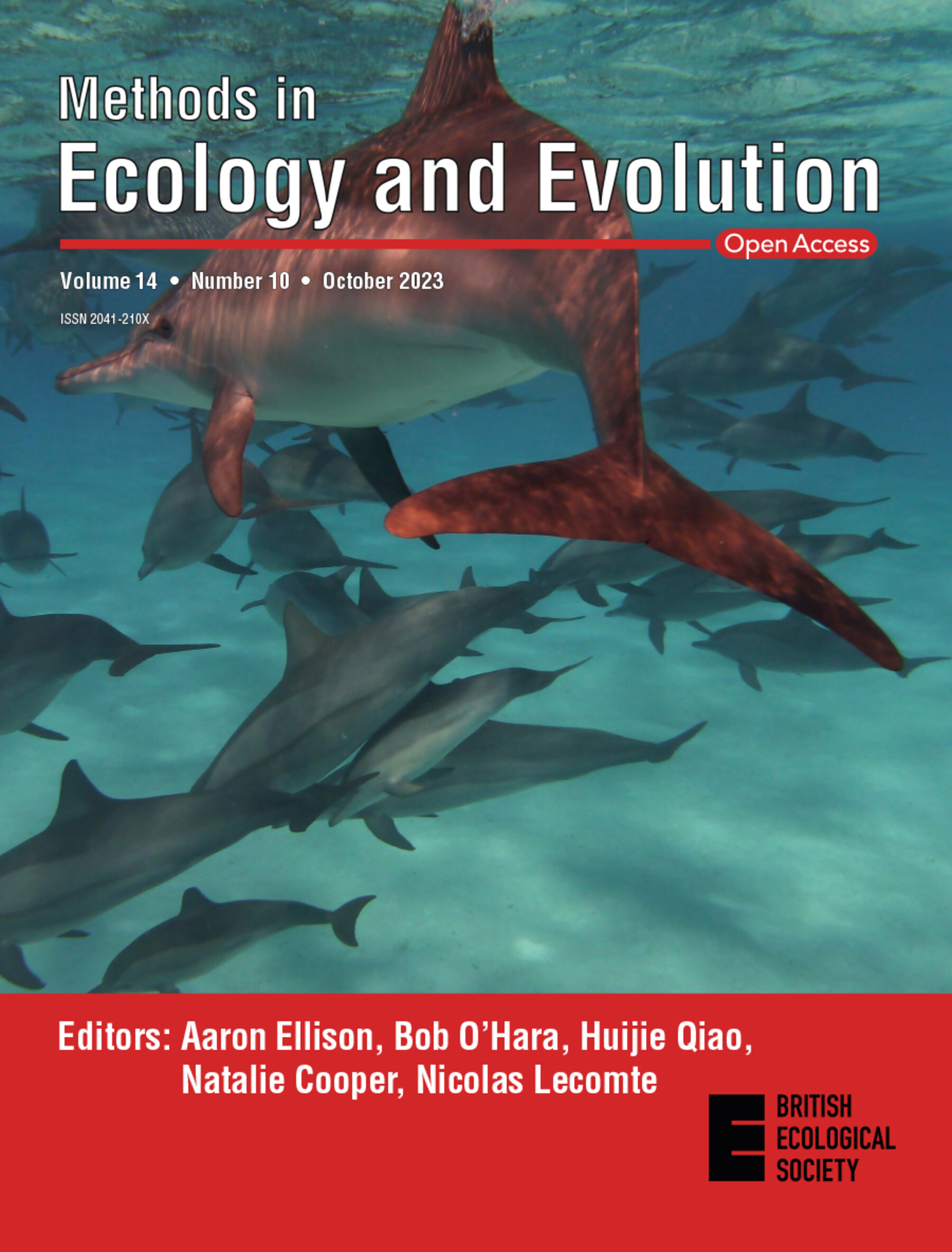
A population Monte Carlo model for underwater acoustic telemetry positioning in reflective environments
In study areas near acoustically reflective surfaces, reflected transmissions may cause large detection outliers that reduce the accuracy of telemetry positioning. A novel time-of-arrival model is presented. This allows for positioning of aquatic animal in acoustically challenging study areas. It provides good measures of positioning uncertainty and is useful for fine-scale telemetry.
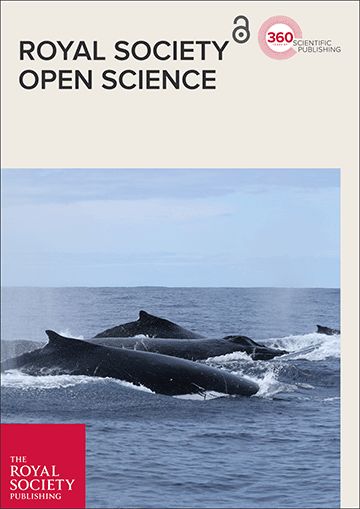
Collective escape waves provide a generic defence against different avian predators
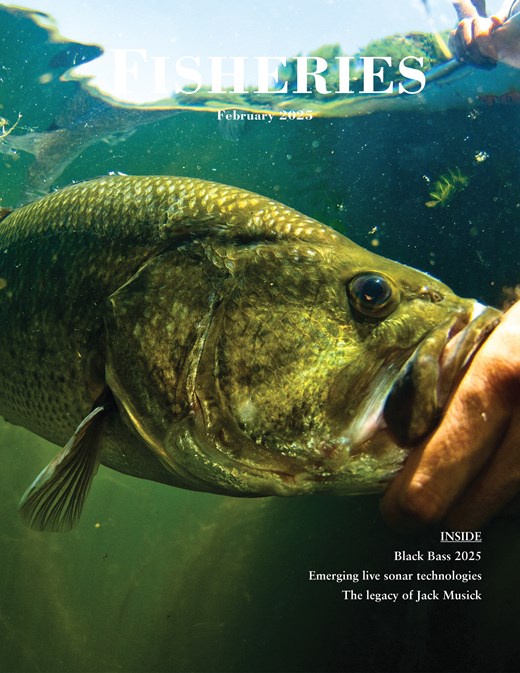
Individual outcomes matter in the context of responsible and sustainable catch-and-release practices in recreational fisheries and their management
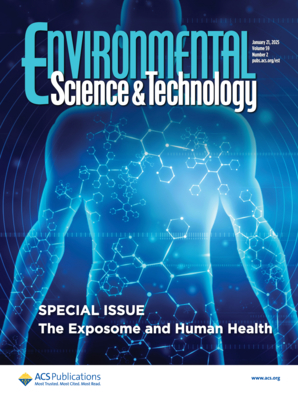
Importance of Attachment Efficiency in Determining the Fate of PS and PVC Nanoplastic Heteroaggregation with Natural Colloids Using a Multimedia Model
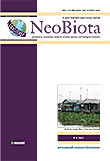
Food fight: Gammarus tigrinus demonstrate competitive advantage over native G. duebeni
The crucial role of ecohydraulic factors in triggering sturgeon reproduction: Implications for active habitat restoration strategies in the Yangtze River
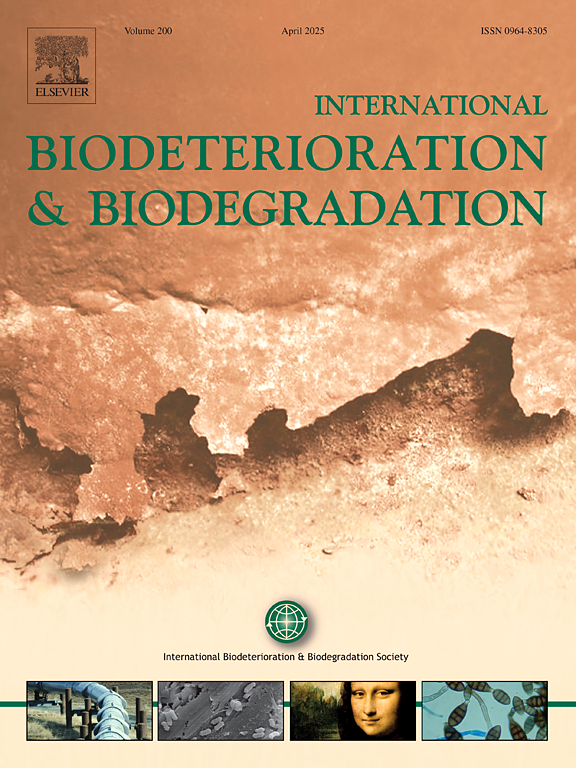
Improving bioavailability of lignocellulosic biomass by pretreatment with the marine fungus Chaetomium sp. CS1
New fish migrations into the Panama Canal increase likelihood of interoceanic invasions in the Americas
The authors have compared the fish communities of Lake Gatun in the Panama Canal before and after the canal’s expansion in 2016: Marine fish species now make up 76 percent of the total biomass of the fish population and are primarily large predatory fishes. The lake’s food web is changing and local fisheries are impacted. There is also an increased risk of fishes colonizing the opposite ocean.





